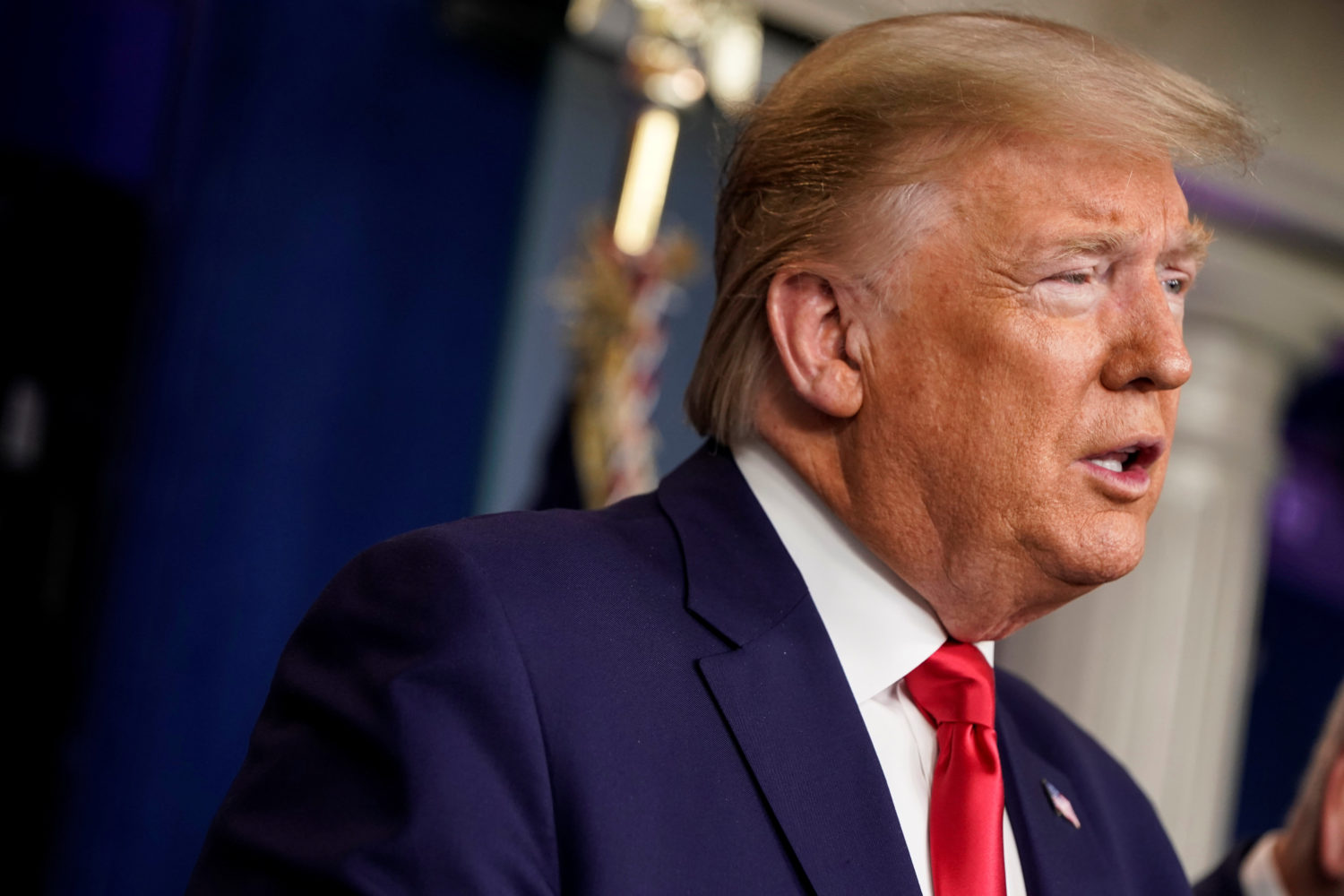
By Steve Holland and Michael Erman
(Reuters) – Six people in the Seattle area have died of illness caused by the new coronavirus, health officials said on Monday, as authorities across the United States scrambled to prepare for more infections, with the emphasis on ratcheting up the number of available test kits.
Dr. Jeff Duchin, chief health officer for Seattle and King County Public Health agency, announced the increase in fatalities from the previous two in Washington state. He told a news conference that the county was not recommending school closures or cancellation of any events at this point, but they do expect the increase in cases to continue.
The total number of cases in Washington state was now at 18. Five of the deaths were in King County and one from Snohomish County, also in the Puget Sound region just north of Seattle.
New York Governor Andrew Cuomo, whose state has one confirmed case, welcomed the U.S. Centers for Disease Control and Prevention (CDC) allowing New York to test for the virus that has killed more than 3,000 people worldwide since it emerged in China in December.

New York Governor Andrew Cuomo and New York City Mayor Bill de Blasio deliver remarks at a news conference regarding the first confirmed case of coronavirus in New York State in Manhattan borough of New York City, New York, U.S., March 2, 2020. REUTERS/Andrew Kelly
“I would like to have a goal of 1,000 tests per day capacity within one week because again the more testing the better,” Cuomo said at a briefing on Monday.
Federal health officials have said the number of test kits for coronavirus would be radically expanded in coming weeks. The United States appeared poised for a spike in cases, partly because there would be more testing to confirm infections.
The number of cases in the United States as of March 1 had risen to 91, according to the CDC. There has been a jump in presumed cases reported by the states to 27 from seven. The CDC will confirm the tests sent by states with their own diagnostics. So far, 10 states including California and New York have confirmed or presumed coronavirus cases.
Protective gear and test kits were being distributed to U.S. military facilities with a priority on distribution to the Korean Peninsula, U.S. Chairman of the Joint Chiefs of Staff Mark Milley said at a briefing.
South Korea is one of the hardest hit countries with 4,335 cases and 26 deaths.
U.S. government military laboratories were working to develop a vaccine, Milley said.
President Donald Trump said his administration has asked pharmaceutical companies to accelerate work on the development of a coronavirus vaccine, but provided no details.
Top U.S. health officials have said any vaccine is up to 18 months away and there is no treatment for the respiratory disease, although patients can receive supportive care.
Trump and his task force on the outbreak will meet with drug company executives on Monday afternoon. Executives from GlaxoSmithKline Kline Plc, Sanofi SA , Johnson & Johnson and Pfizer Inc will attend the meeting, according to representatives for the companies.
The White House is also expected to meet this week with top executives from U.S. airlines and the cruise industry over the impact of the virus to their businesses, two people briefed on the matter said.
There have been more than 87,000 cases worldwide and nearly 3,000 deaths in 60 countries, the World Health Organization said. The global death toll was up to 3,044, according to a Reuters tally.
Dr. Anthony Fauci, the head of the infectious diseases unit at the U.S. National Institutes of Health, said he was concerned the number of U.S. cases could jump in coming weeks.
“When you have a number of cases that you’ve identified and they’ve been in the community for a while, you’re going to wind up seeing a lot more cases than you would have predicted,” he told CNN.
The U.S. Congress is expected to take up a spending measure in coming days that could allocate billions more dollars for the virus response.
World stock markets, after a week-long slide, on Monday regained a measure of calm amid hope of a possible stimulus, while U.S. stocks were up around 3%. [MKTS/GLOB]
(Reporting by Steve Holland, David Shepardson, Susan Heavey, Lisa Lambert, Makini Brice, David Morgan, Idrees Ali and Phil Stewart in Washington, Michael Erman and Caroline Humer in New York and Manas Mishra in Bengaluru, Steve Gorman in Los Angeles; Writing by Grant McCool; Editing by Bill Berkrot)














